369 High Price of Popularity
THE HIGH PRICE OF POPULARITY
by David Hancock
 If you look at the list of the twenty most popular breeds of dog, as registered with the Kennel Club in 2000, you see a wide range of types. There are terrier and spaniel breeds, gundogs and herding dogs, foreign breeds and British ones, Toy dogs and working breeds. The Labrador Retriever easily heads the list, with nearly 35,000 registered in 2000. The German Shepherd Dog is usually runner-up each year; both breeds having proved their usefulness to man over many years. The Golden Retriever features high in the popularity stakes, with all three breeds proving popular overseas too; in Sweden, for example, they are the top three there.
If you look at the list of the twenty most popular breeds of dog, as registered with the Kennel Club in 2000, you see a wide range of types. There are terrier and spaniel breeds, gundogs and herding dogs, foreign breeds and British ones, Toy dogs and working breeds. The Labrador Retriever easily heads the list, with nearly 35,000 registered in 2000. The German Shepherd Dog is usually runner-up each year; both breeds having proved their usefulness to man over many years. The Golden Retriever features high in the popularity stakes, with all three breeds proving popular overseas too; in Sweden, for example, they are the top three there.
Breeds can of course drift in and out of popularity with a fickle public. Between 1979 and 1983, the Rottweiler increased in numbers registered here by a staggering 241%, with the Dobermann also increasing, at 174%. In the same period, in the United States, the Dobermann went down by 18%, an inevitable fallback after years of sustained popularity there. In 1908, the KC recorded just 9 'Alsatian Wolf-dogs', 123 Labradors but no Golden Retrievers, with the Rottweiler and the Dobermann not even recognised as breeds here then.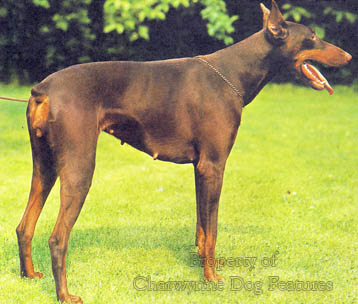
The fickleness of the dog-owning public can be seen in the changing fortunes of two British breeds: the Cocker Spaniel and the Fox Terrier. In 1910, over 600 Cockers and 1,500 wire-haired Fox Terriers were registered. The wire-haired Fox Terrier was top dog from 1920 to 1925 and again from 1928-1935. It was still the third most popular breed half a century ago. Seventy years ago it was the third most popular breed in the US too. Now less than 700 are registered here annually, only one third of the numbers registered in 1956.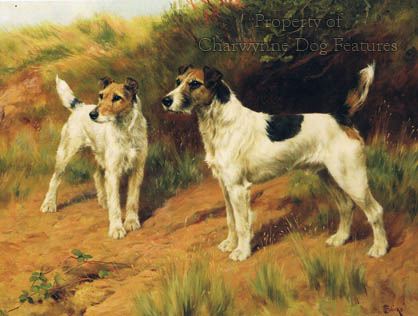
The Cocker Spaniel was top dog here from 1936 to 1953, with over 7,000 registered each year in the 1950s. In the US in 1977, as many as 53,000 were registered, the breed having been top there even thirty years before. The registrations here of Cockers went up by 1,600 between 1989 and 1998, with the breed moving into third place here in 2000, with 13,000 registrations. Unlike the Fox Terrier, this is a story of sustained popularity. There seems no accountable reason for such varying fortunes. The Fox Terrier has lost its working role but perhaps the rise of the Jack Russell has contributed to its fall. The Cocker Spaniel is not worked as much as it once was, but the steady rise in Cavalier King Charles Spaniels has not affected its numbers.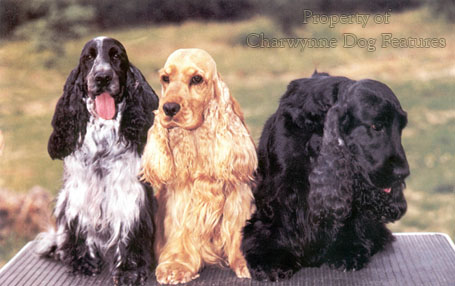
Such popularity, for some breeds, brings with it a high price to be paid in terms of both quality and comfort. A surge in public demand for a breed creates a need which is so easily met by puppy-farmers or backstreet breeders. In Britain it is just too easy to breed and register a litter of pedigree dogs, whatever the quality. Unlike the American Kennel Club, our KC does not inspect breeders' kennels and will register offspring just because their parents are registered with them. Health checks for breeding stock, mandatory in over twenty countries, are not deemed necessary here. This means that, in the rush to meet public demand, dogs can be bred in quite unsatisfactory circumstances and from parents carrying inheritable defects.
The Labrador Retriever, the sporting breed of the 20th century, is justifiably popular. When wisely bred, it lives a long healthy life, displays admirable temperament and no physical exaggerations. It is a sizeable dog without being too big. But in the wake of unskilled breeders responding to increasing demand, genetic flaws are being revealed, along with a loss of genuine breed type. Yellow Labs are becoming Off-white Labs; the waterproof coat desired in the breed is becoming soft and fluffy and the heads too Rottweiler-like, with hard eyes. The soft-eyed Lab, with a good muzzle length and appreciable physical substance is being replaced. A strong well-muscled anatomy is being forfeited for a lighter frame, often carrying a fatter dog. This is not good for the dog's skeleton.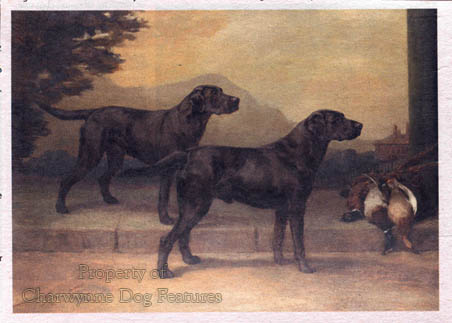
The Crufts judge of Labrador bitches at the 2000 show concluded that: "I had two overall concerns...excess weight and movement...Some promising bitches spoilt their chances by moving close behind or were pinning in front." The KC claims that this show contains 'the best of the very best' in each breed exhibited. For Labradors at this premier show to be overweight and display faulty movement is alarming. At this same show, the judge of the Labrador dogs (ie males) observed: "I had a few heads resembling Pyreneans (ie Mountain Dogs) rather than Labradors, on the move there were feet coming towards me that were more like lily-pads and shoulders that made me despair. The latter point not being helped by excess weight..." If these are the top dogs in this breed in the show world, what are the rest like?
A recent survey revealed that Labradors came second only to Bulldogs of the breeds most likely to need a Caesarean section in order to give birth. Labradors can now inherit six different eye diseases, primary epilepsy, 'limber-tail' (coccygeal muscle damage), hip dysplasia, osteochondrosis and its very own degenerative disease: 'Labrador Retriever Myopathy'. Of course there are plenty of perfectly healthy well-bred dogs in this deservedly popular breed. But how do you know what you are buying? Far too many Labradors are carelessly bred, causing distress to both dog and owner. Demand has led to many more poor quality dogs being bred.
Problems in the German Shepherd Dog and the Golden Retriever have a comparable background. The requirement for the former to be a 'gaiting breed' has led to a curved spine and to over-angulation in the hindquarters not compatible with a sound working breed. Some specimens are only comfortable when resting one whole rear pastern on the ground, whereas the dog was designed to stand on its paws. Hip and elbow dysplasia, epilepsy, a blood-clotting disorder, bowel and gut disorders and an inflammatory condition of the cornea, leading to blindness, occur in the breed. The desired downward slope of the hindquarters, together with its long bushy tail, is now causing chronic infections of the anus and genitals in some specimens. 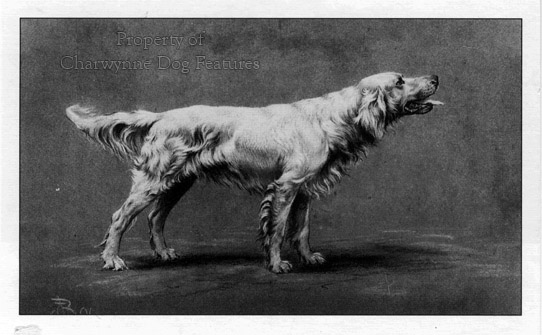
That handsome breed, the Golden Retriever, also has inherited defects causing concern: multifocal retinal dysplasia and four other eye disorders, epilepsy and hip dysplasia. In America, the Golden Retriever and the Cocker Spaniel are the two breeds most commonly affected by juvenile cataracts. In one survey there, on unwanted aggression in breeds of dog, Golden and Labrador Retrievers and the golden Cocker Spaniel feature surprisingly high up in the listed breeds. Of course, the breeds which are far less popular display problems of temperament and carry harmful genes too. But they are not being overbred; there are far fewer of them to live shortened lives and cause distress, and expense, to their owners.
The fact that some breeds become too popular for their own good, whilst a compliment to their appeal, is a sad commentary on the lack of controls in the purebred dog industry. A free for all in pedigree dog breeding has its appeal in a democratic society. But surely not if it allows flawed dogs to be proliferated. The KC could lead the way by cancelling the registration of dogs carrying lethal genes, by declining to recognise breed clubs without a comprehensive health scheme and by insisting on mandatory health clearances for breeding stock. The Swedish KC amongst others has successfully introduced the latter step; the mother kennel club is being left behind. All that is achieved by such an omission is an increased likelihood of purebred canine cripples, popular because of their breed rather than their virility.